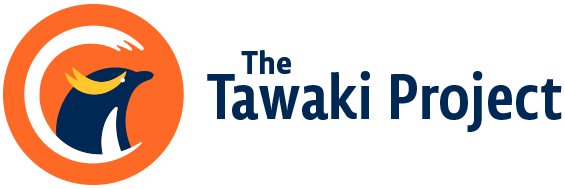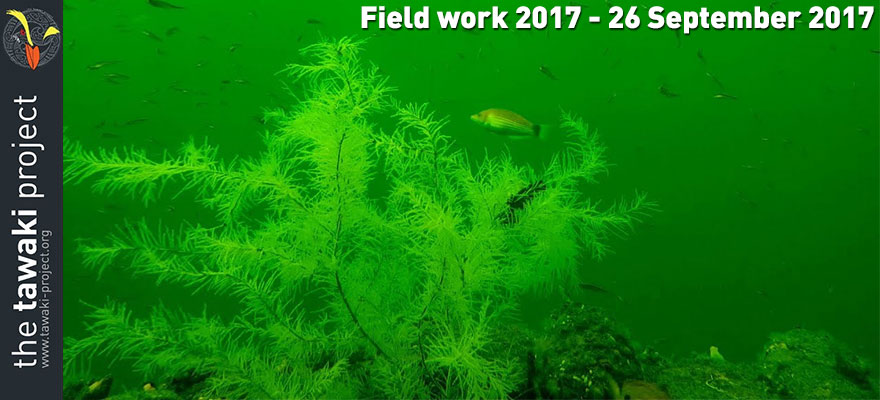Field work 2017, Day 11
What a change of scenery from the West Coast.
Last night Robin & Giselle indeed made it through Homer Tunnel without delay. So now I’m convinced that the road closure the night before was just put into place by a higher force to prolong Hotte and my already endless journey from the West Coast.
Anyhoo, today we hopped on the 11am Southern Discoveries Milford Sound cruise which would take us to the Discovery Centre… which started with a sumptuous buffet lunch. Luckily we had one and a half hours to digest the food while cruised the entire length of Milford Sound. Never bad to start field work with a bit of relaxed tourist activities. Although our field outfits set us apart from the rest of the passengers on board.
We arrived at the Discovery Centre – or short DC – around 1pm. Before heading over to Harrison Cove, we headed down into the observation chamber to have a look at what’s going on below Harrison Cove’s surface. And the sheer amount of fish and more specifically fish larvae was quite a sight. Whether this high abundance of potential penguin food was a weird one day congregation of fish or a good representation of fish biomass present in Milford Sound this year, I don’t know. But certainly, our first impression is that we’re in for another fantastic season for the Milford Sound tawaki
After a while, Andrea Faris, manager of the DC and the person who got us to work in Milford Sound, took us over to Harrison Cove in their new stabicraft style tender which goes by the name – tadaaa! – ‘little tawaki’.
Even though this is the third season we work with penguins of Harrison Cove, the lush forest, the over saturation of green, still don’t fail to amaze me. This is the perfect representation of a rain forest.
It also means that most tawaki nests are even more difficult to access than at the West Coast. The penguins breed in caves and rock crevices. Some of the nests are virtually inaccessible; only by shoving a 360° camera down a tiny hole we may get a chance to see those nests.
We found 19 nests on day one, which is a new record in nest numbers. Last year at the end of the field work we had found 18. Not only that, more than half of the nests still have two chicks, all of a considerable size. With tawaki considered ‘obligate brood reducers’ that lose either one of their eggs or chicks, this is quite unusual. It certainly indicates that there is a lot of food out in the fiord.
Oh, and we managed to deploy the first GPS dive logger. When I say ‘we’ I actually mean Robin and Giselle. The two will be manning the fjord for the next couple of weeks when Hotte and I head back to the West Coast the day after tomorrow.
We emerged from the bush in the late afternoon. And after it had been drizzly when we jumped into the thick greenery, the weather had now cleared and the Harrison Cove scenery had changed considerably too. We were picked up by Jake from Southern Discoveries and returned to the DC.
So, a good start for Fiordland.




